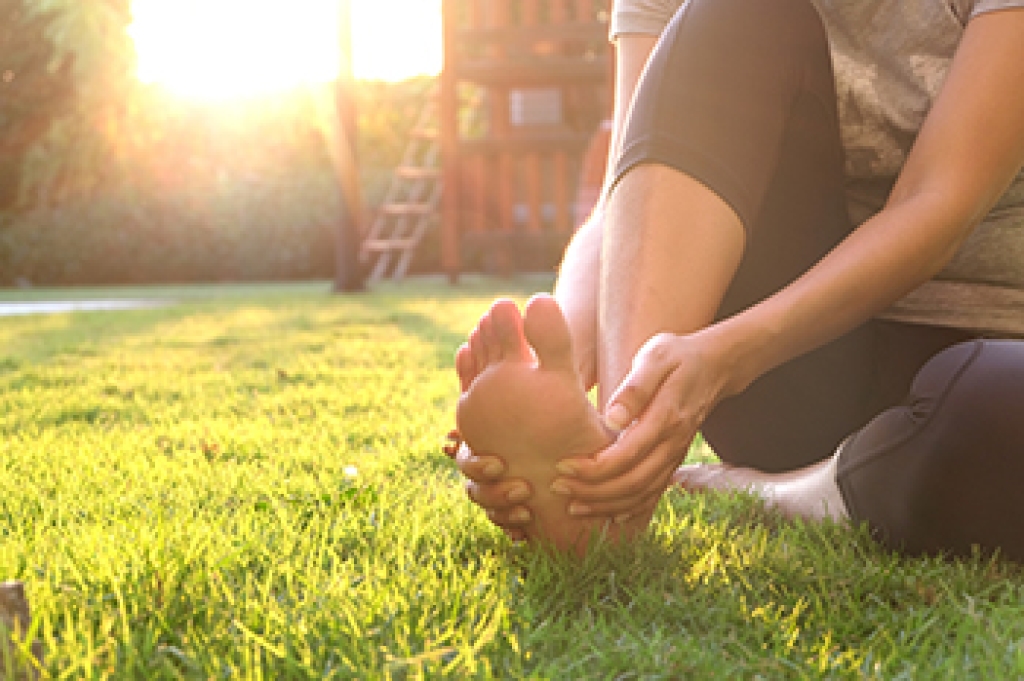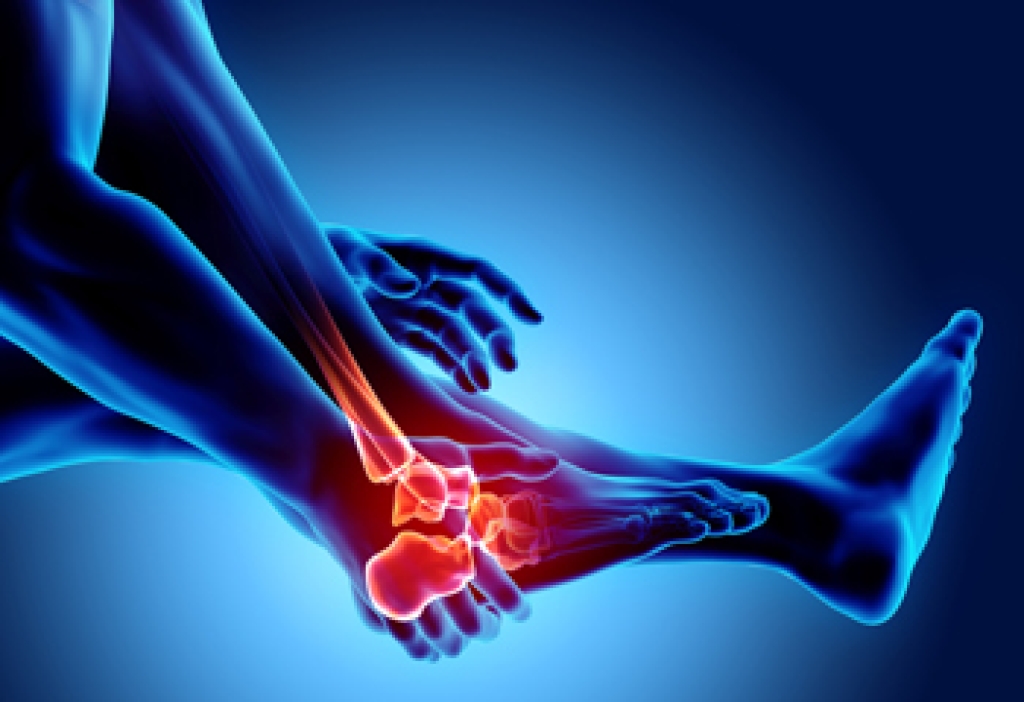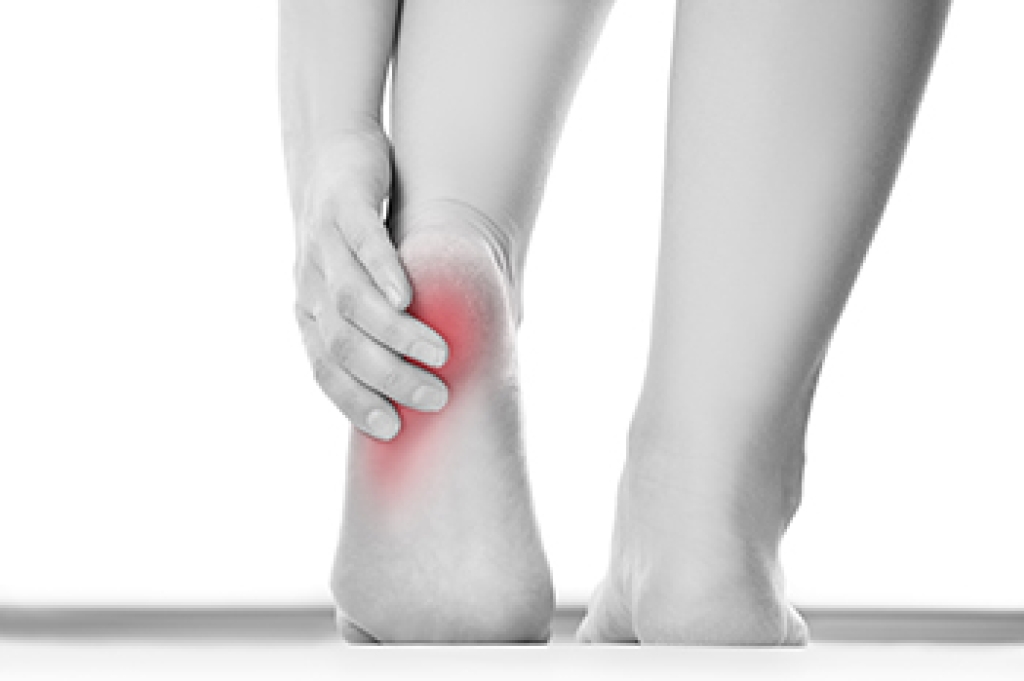
Foot and ankle problems like fractures, diabetes related changes, and gout can affect daily comfort and stability. A fracture may cause sudden swelling, bruising, and sharp pain while bearing weight, and the area may look misshapen or severely tender. Diabetes can lead to reduced sensation, dry skin, slow-healing wounds, and swelling that may feel heavy or numb. Symptoms of gout include intense redness, warmth, and throbbing pain, usually in the big toe, and the affected joint may look shiny or swollen. These conditions may feel limiting, stressful, or unpredictable, especially when movement increases discomfort. A podiatrist can begin by performing a full examination, ordering imaging or lab tests when needed, and identifying the underlying cause of symptoms. Treatment may include fracture stabilization, wound care, footwear recommendations, or long-term management strategies to prevent complications. Because early professional care protects foot health and supports safe recovery, it is suggested that you schedule an appointment with a podiatrist for appropriate treatment solutions.
Foot Pain
Foot pain can be extremely painful and debilitating. If you have a foot pain, consult with Paul Potach, DPM from Illinois . Our practitioner will assess your condition and provide you with quality foot and ankle treatment.
Causes
Foot pain is a very broad condition that could be caused by one or more ailments. The most common include:
- Bunions
- Hammertoes
- Plantar Fasciitis
- Bone Spurs
- Corns
- Tarsal Tunnel Syndrome
- Ingrown Toenails
- Arthritis (such as Gout, Rheumatoid, and Osteoarthritis)
- Flat Feet
- Injury (from stress fractures, broken toe, foot, ankle, Achilles tendon ruptures, and sprains)
- And more
Diagnosis
To figure out the cause of foot pain, podiatrists utilize several different methods. This can range from simple visual inspections and sensation tests to X-rays and MRI scans. Prior medical history, family medical history, and any recent physical traumatic events will all be taken into consideration for a proper diagnosis.
Treatment
Treatment depends upon the cause of the foot pain. Whether it is resting, staying off the foot, or having surgery; podiatrists have a number of treatment options available for foot pain.
If you have any questions, please feel free to contact our offices located in Wheeling and Berwyn, IL . We offer the newest diagnostic and treatment technologies for all your foot care needs.





